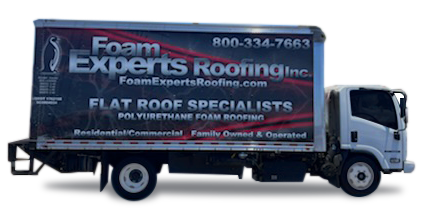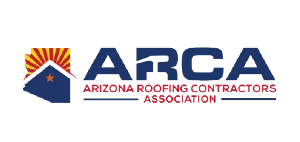When it comes to protecting your roof from wear and weather, foam roofing systems are an ideal choice. Not only does it offer ample water resistance which keeps the inside of your roof dry, but its unique temperature control enhances energy efficiency as well.
Spray foam roofing (SPF) is a durable monolithic closed cell polyurethane membrane that forms an insulation barrier without seams. This creates an effective air-barrier, reduces noise levels, and keeps insects out of your home.
Cost-Effective
Foam roofing is one of the most cost-effective roof solutions currently available. It boasts an energy efficiency rating of over 500% higher than conventional roofs, with research from Texas A&M University showing that savings from foam roofing can pay for themselves within 3 to 4 years after installation.
Foam is both durable and repairable. Minor to moderate damage can usually be patched up with an elastomeric caulk, and foam should be recoated every 15 years to maintain its performance.
An additional advantage of foam is that it can be installed over an existing roof, saving property owners both money and time by not having to replace their current roofing. Furthermore, foam has high sustainability standards and contributes minimal landfill waste.
Energy-Efficient
Foam roofing is an environmentally friendly, sustainable choice to traditional built-up roofs. Not only does it reduce energy use, but it keeps your home or business cooler in summer and warmer in winter as well.
Saving money on utility bills is a great way to save, especially with rising energy prices and an increasing emphasis on energy-efficient building design.
Spray foam roofing is incredibly lightweight (six times lighter than built-up roofing) and doesn’t add significant stress to your building’s walls or beams.
Another advantageous reason to opt for foam is that it requires minimal repair, upkeep, and replacement over the life of your roofing system. Re-coating is only necessary every 5 years, while you can have your roof serviced regularly by a professional roofer.
Versatile
Foam roofing is an extremely versatile material that can be applied to a range of buildings. It consists of polyurethane foam, an elastomeric membrane and other protective additives.
Energy savings is another advantage of having this type of roof, as it helps keep a building cool in summer and warm in winter by reflecting UV rays from the sun. Furthermore, this reduces the need for heating to regulate a building’s temperature.
Foam roofing offers another advantage due to its fire, mildew, moss and other damaging contaminants resistance. As such, it has become a go-to choice for many home and business owners alike.
Easy to Install
Foam roofing is one of the simplest types to install, but it is best to hire a professional for proper installation.
This type of roofing necessitates specialized equipment which may be hard for amateurs to obtain. Furthermore, it requires multiple coats and thorough application in order to achieve satisfactory results.
Maintain the strength and integrity of your foam roof by keeping debris away. Furthermore, inspect it regularly for damage so you can take action to repair it before more significant issues arise.
Foam roofing also boasts impressive energy efficiency, saving you up to 40% on heating and cooling expenses. Furthermore, foam roofs help shield your property against external elements which in turn increases its value.
Long-Lasting
Foam roofing is one of the most durable roof materials available, capable of lasting decades with regular recoating.
Installing this product is also simple, necessitating minimal roof stripping to minimize waste and environmental impact.
Foam roofing is also very energy efficient, saving you money on heating and air conditioning costs. With its high R-value rating, foam insulates your roof effectively to block heat and cold from entering into your building.
Foam roofing comes with a spray coating which deteriorates over time, so you should reapply it every five years. Additionally, inspect the whole surface for cracks, peeling, ponding and textural changes.















